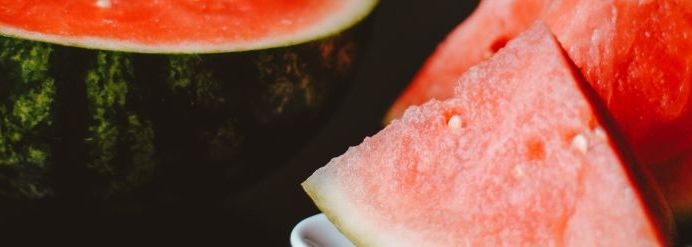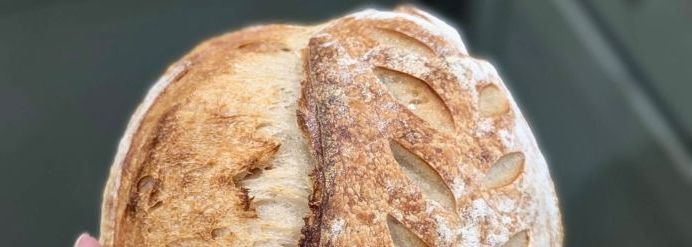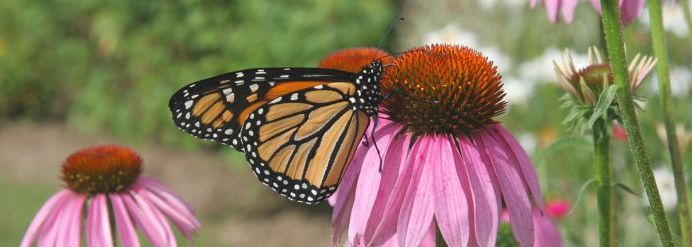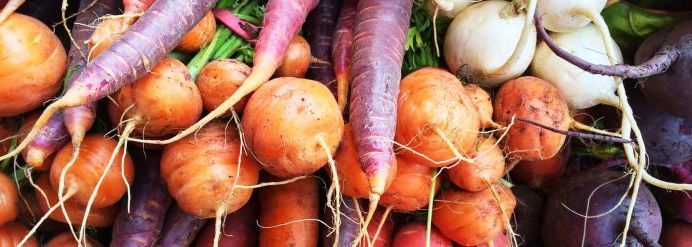Watermelons are a summertime favorite, known for their refreshing and juicy sweetness. However, even experienced gardeners can encounter challenges when growing these delicious fruits. We wanted to explore some common problems that watermelon plants face and provide you with practical solutions to help you overcome these issues and cultivate thriving watermelon crops for your local farmers market!
Problem: Poor germination and seedling development
One of the primary challenges when growing watermelons is poor germination and weak seedling development. This can be caused by factors such as improper soil temperature, insufficient watering or poor seed quality.
Solution:
To address this issue, ensure that the soil temperature is consistently between 75 and 85 degrees Fahrenheit (or 24 and 29 degrees Celsius) for optimal germination. Adequate watering is crucial during the germination phase, keeping the soil moist but not waterlogged. Using high-quality, fresh watermelon seeds and providing sufficient light can also improve seedling development.
Problem: Blossom-end rot
Blossom-end rot is a common problem that affects watermelons, causing dark, sunken spots on the blossom end of the fruit. This issue is usually related to calcium deficiency, irregular watering or rapid growth fluctuations.
Solution:
To prevent blossom-end rot, maintain consistent moisture levels by providing deep, regular watering and mulching around the plants to retain soil moisture. Ensuring proper soil calcium levels through amendments or adding crushed eggshells can also help mitigate this problem.
Problem: Inadequate pollution
Watermelons require proper pollination to set fruit, and inadequate pollination can result in small, misshapen or underdeveloped melons. Factors such as a lack of pollinators, extreme temperatures or high humidity can interfere with pollination.
Solution:
To promote successful pollination, encourage pollinators by planting nectar-rich flowers nearby. You can also hand-pollinate watermelon flowers using a small brush or by gently shaking the plants to distribute pollen. Additionally, maintaining optimal temperature and humidity conditions in the growing area can enhance the chances of successful pollination.
Problem: Pest and disease issues
Watermelon plants are susceptible to various pests and diseases, including aphids, cucumber beetles, powdery mildew and fusarium wilt.
Solution:
To combat pests, practice regular monitoring and take appropriate measures such as using insecticidal soaps, organic insecticides or introducing beneficial insects. Preventing diseases involves maintaining good garden hygiene, providing proper air circulation and using disease-resistant watermelon varieties. Additionally, rotating crops and avoiding excessive nitrogen fertilization can help prevent soil-borne diseases.
Purchase watermelons at your local farmers market
Growing watermelons can be a rewarding endeavor, but it's not without its challenges. By understanding these common issues you may face, you can implement proactive strategies to nurture healthy watermelon plants and enjoy a fruitful harvest! Even if you’re not a watermelon grower yourself, you can buy some at your local farmers market located in downtown Gretna on Saturdays from 8 a.m. to noon!















